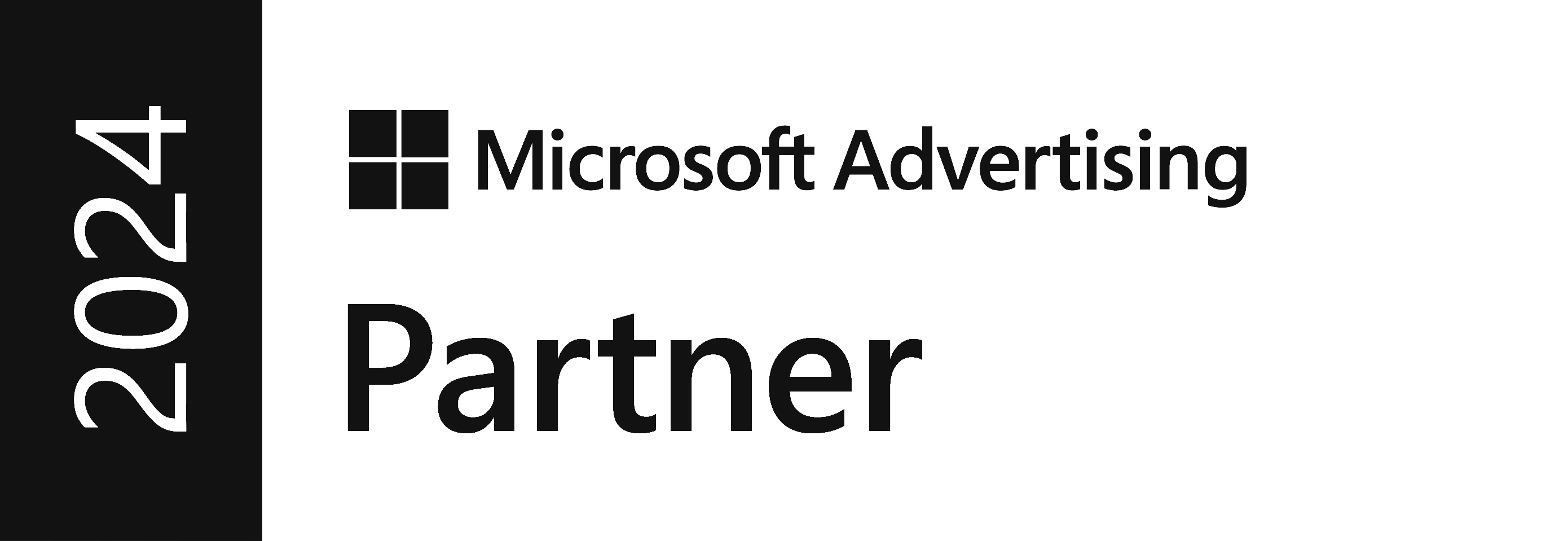Google is one of the most universally recognised technology companies in the world and are constantly pushing technologies and the way we communicate and access information to new limits. One of the areas that Google continues to innovate is in machine learning, both in the way that machine learning is implemented and also in it’s widespread adoption across a range of tools, products and services.
How does Google use machine learning?
Google cloud sees machine learning as ‘functionality that helps software perform a task without explicit programming or rules’. It’s inspired by theories on how the human mind processes information in an effort to recognise patterns in collected data. Google are big on machine learning. After all, they have access to vast amounts of data that they can use. Google even offers courses for aspiring machine learning practitioners.
Google has been using machine learning for years internally mainly because of their need to create automations using vast quantities of data. Google has an open source machine learning framework called TensorFlow which was originally an internal system but has now been shared to allow data scientists from all over to make use of it to build and train powerful models. Google also employs hundreds of machine-learning researchers who continue to work on an optimising and improving Google products as well as Google’s internal operations like Data Center Automation.
Which Google platforms Use Machine Learning?
Google deploys machine learning internally across most of their platforms and internal systems, including the following
Google Search
Google Translate
Google Photo
Google Assistants
Google Maps
Machine learning is the cornerstone for how Google interprets and analyses the vast amounts of data that they have.
Google Translate
Using machine learning, Google Translate has made huge advancements in translation, not only text but also being able to convert images and videos from one language to another. Although it’s not always 100% accurate, it’s always getting better and it’s not hard to imagine a future where it is perfected.
Google Photo
In Google photos, a photo storage option offered by Google for personal photos, machine learning and more specifically, image recognition is used to group and identify elements of photos to create albums and find images containing key elements when a user searches for something.
Rankbrain for Google Search
Rankbrain is a core component of Google’s SEO ranking signals which uses machine learning to determine the most relevant results to display for Google Search Engine queries. We’ll look at this in a bit more detail later in this video.
Google Assistant
Google assistants also use machine learning to understand what users are saying, recognise the context and make suggestions or perform actions depending on what the user has said.
Google Maps
Google Maps uses machine learning to interpret traffic conditions to provide real time route suggestions to ease congestion and provide faster journey times for those using the service.
All of the ways that Google have been implementing and incorporating machine learning, are in service of the end user – Google wants users to access the most relevant and useful data to them, quickly and easily.
How Does Google Use Machine Learning for SEO?
Machine Learning makes up some of the core elements for how Google ranks pages in the search engine results pages. As already mentioned, Google uses what they call Rankbrain as an element for determining page rank. Rankbrain helps to determine the most relevant results to search engine queries. Rank brain is only a factor in determining page rank however, and other elements such as location and other personalisation elements will still be factored in to better deliver the best results that truly align with the user intent. With this in mind, we need to take rankbrain into account when implementing SEO solutions.
By knowing rankbrains priorities, and knowing that contextualising search plays a large role in how it looks to understand search, we can optimise content and websites to be recognised in context. This is taking a user-focused approach, delivering content that best serves a user’s needs. In other words, knowing the content that our audience will be looking for and providing it in the most useful way. It’s also important to build a reputation over time around the content you want to be recognised for.
Planning strategy effectively and creating consistent content around your chosen themes will enable rankbrain to recognise your business as being able to provide a specific type of content to satisfy a specific user’s needs. Given that Rankbrain is much more capable of understanding the context of a page, we now need to build content that is much more informative, containing several secondary keywords that add context to a primary keyword.
How is Machine learning Used in Google Ads
Machine learning has incrementally been making it’s way into the Google Ads platform over the years, giving digital marketers more sophisticated ways to reach their target audience with the right messaging that will lead to conversions. At this stage, In order to make the most of machine learning through Google Ads, Google recommends simplifying your account structure with fewer ad groups and more broad keywords. This will allow Google to deliver your ads to more users to learn what is effective with who, and ultimately who is more likely to convert.
Google Ads has the option to deliver Dynamic ads, where you can create templates for ads made of different variations that Google will combine and test for you to see which will be most effective. This is still potentially a risky strategy as it could get expensive very quickly so you’ll need to keep an eye on your CPA to make sure your ads are still within your targets and that your CPC isn’t higher than what you want to spend. Shopping ads also use machine learning to deliver ads based on queries and user intent. Shopping ads are based on a much more broad set of keywords compared to a regular optimised Google Ads Search Network Campaign.
Again we need to be extremely cautious and not let Google Ads run wild with shopping ads and need to monitor keywords closely, building out a list of negative keywords for words we don’t want to be targeted. With any aspect of machine learning, data needs to be gathered in order for campaigns to be effective. The longer your ads are running and being delivered, the more Google will learn through machine learning and better deliver ads to the right people. That being, people who will convert.
What is Next for machine learning at Google?
Initiatives like ai.google – Google’s AI division, not only continue to research and develop new machine learning models, but also educate and share their findings with others to further expand future machine learning opportunities. Google’s mission is to organise the world’s information and make it universally accessible and useful. Machine learning enables Google to better deliver on their mission statement which is why they continue to be at the forefront of advancements in this area and will continue to be the driving force behind innovation and implementation of machine learning now and into the future.
1st Floor, Alphin Brook House,
Alphin Brook Road,
Exeter EX2 8RG
MORE THAN
Digital
Marketing.
View our sustainability page.
PPC for B2B
PPC for Law Firms
PPC for Luxury Ecommerce Brands
PPC for Travel and Tourism





